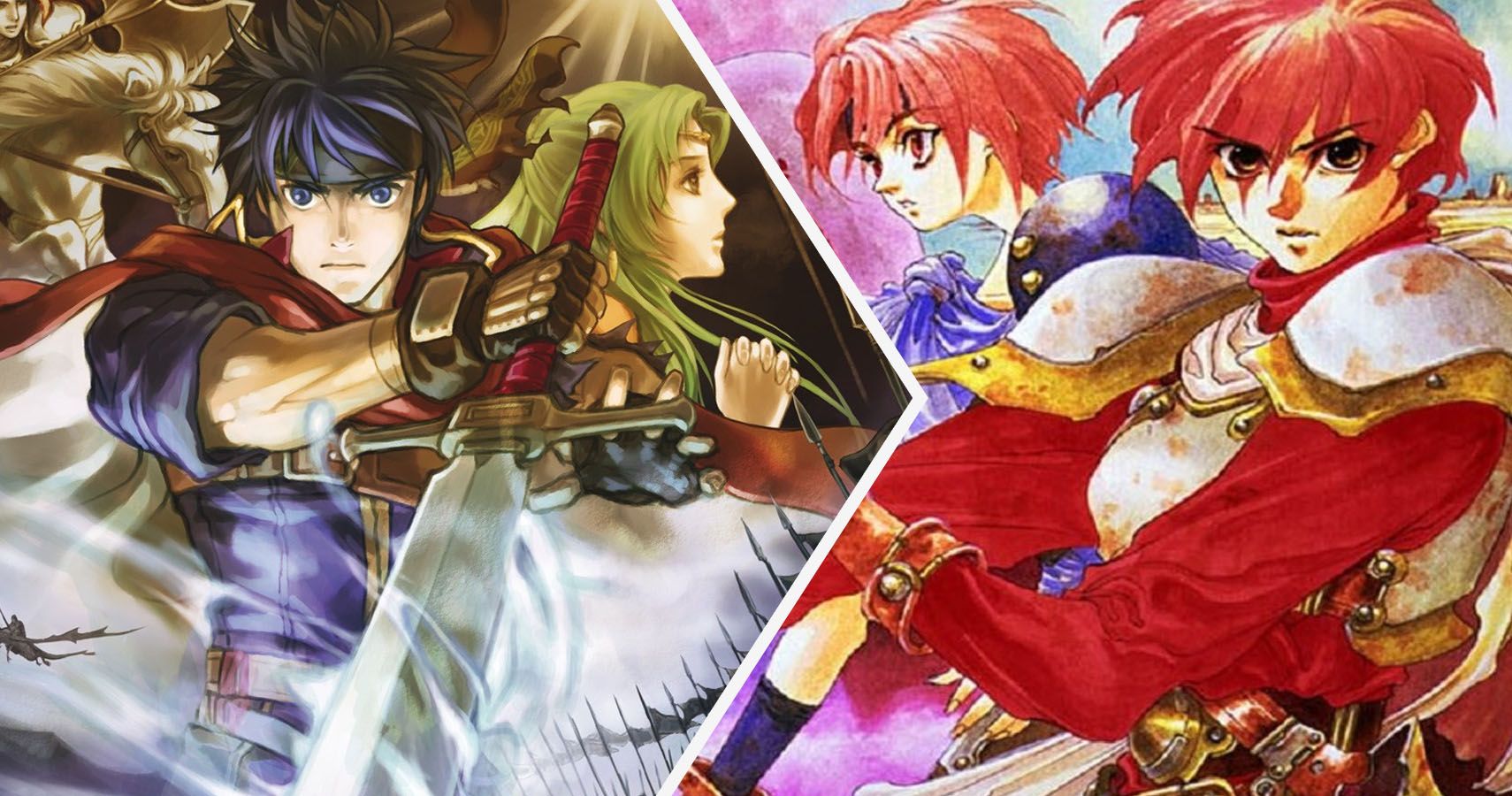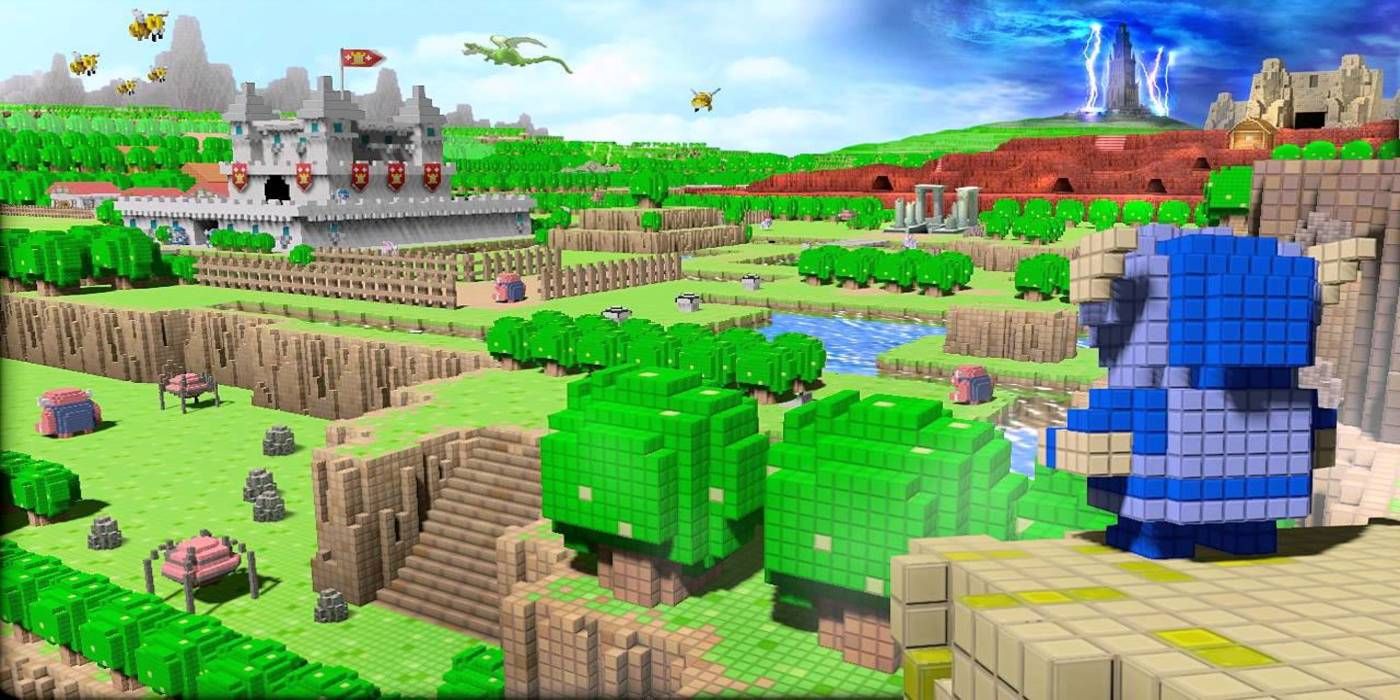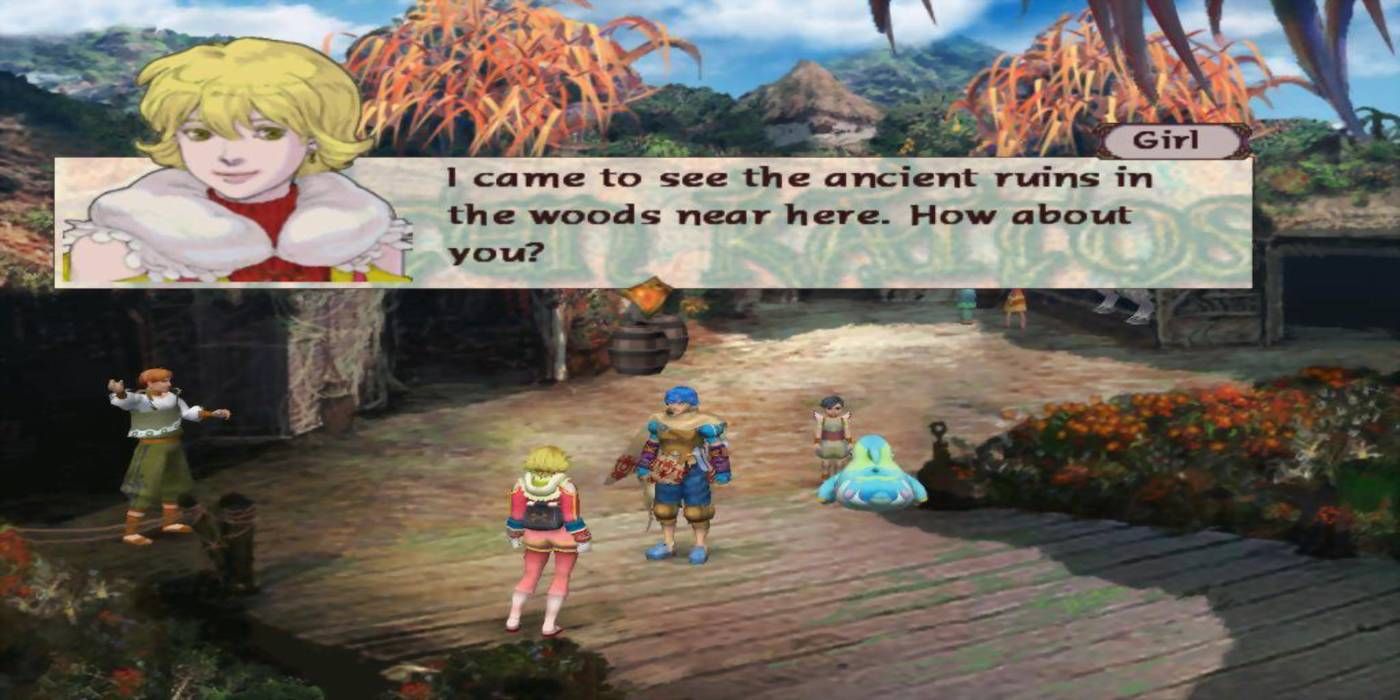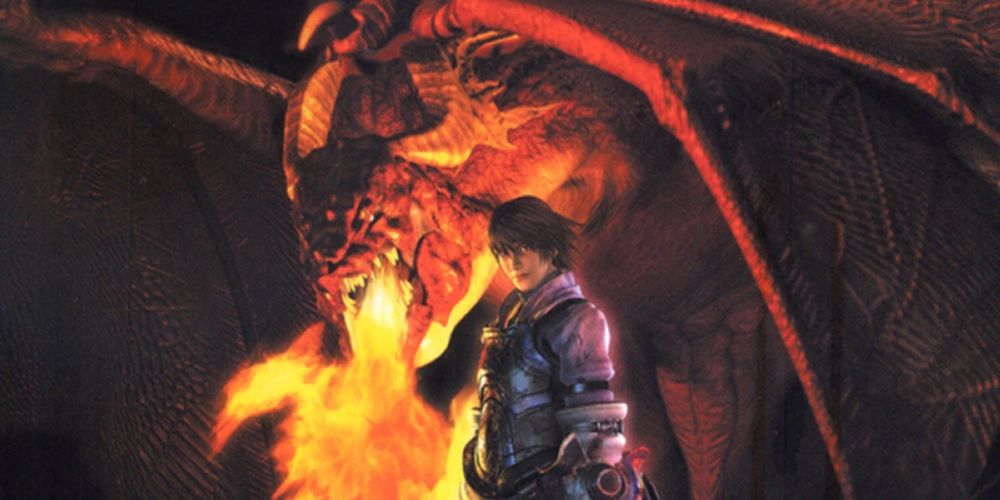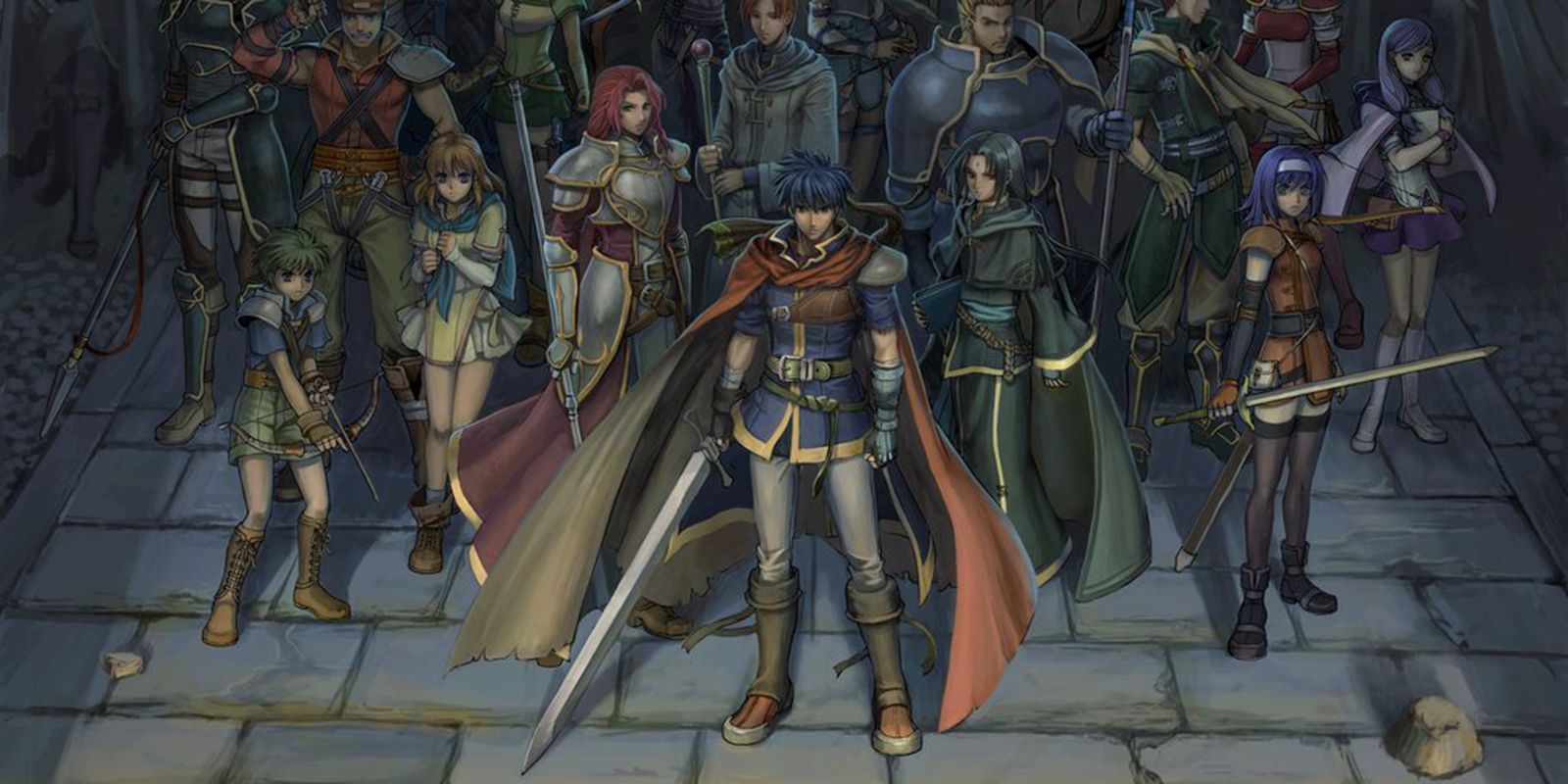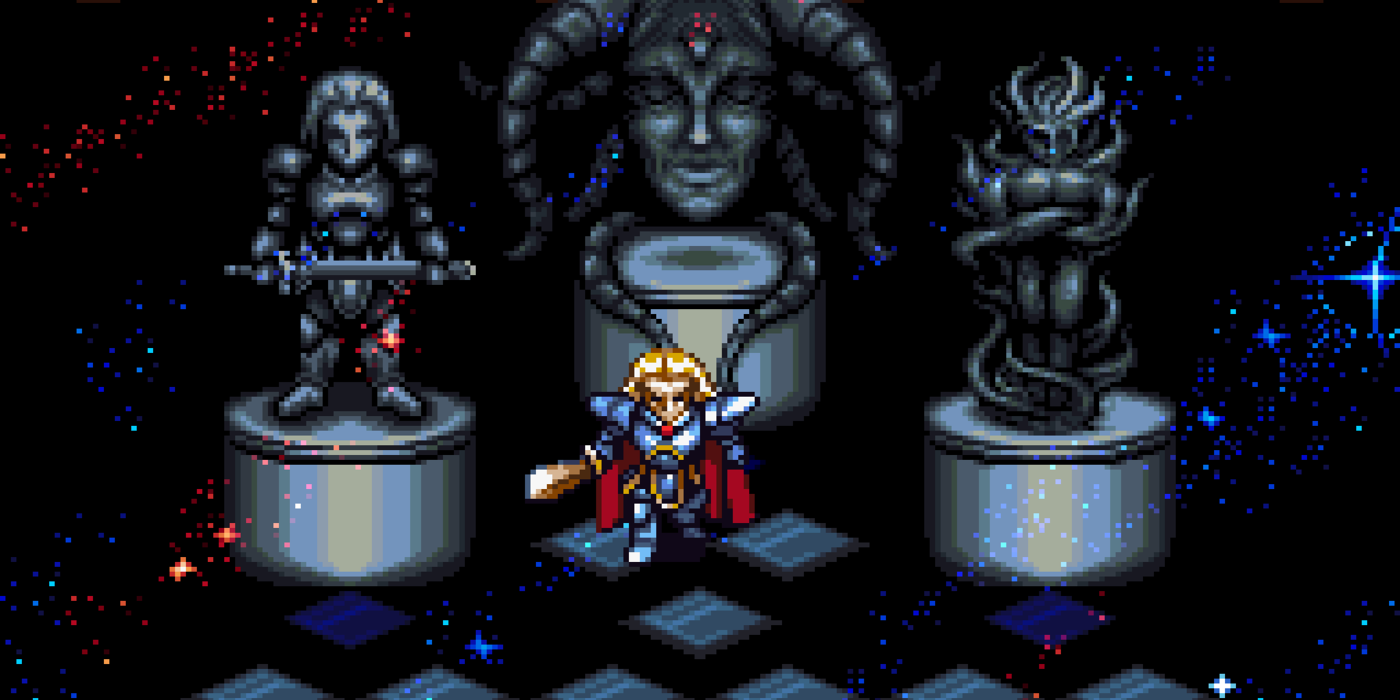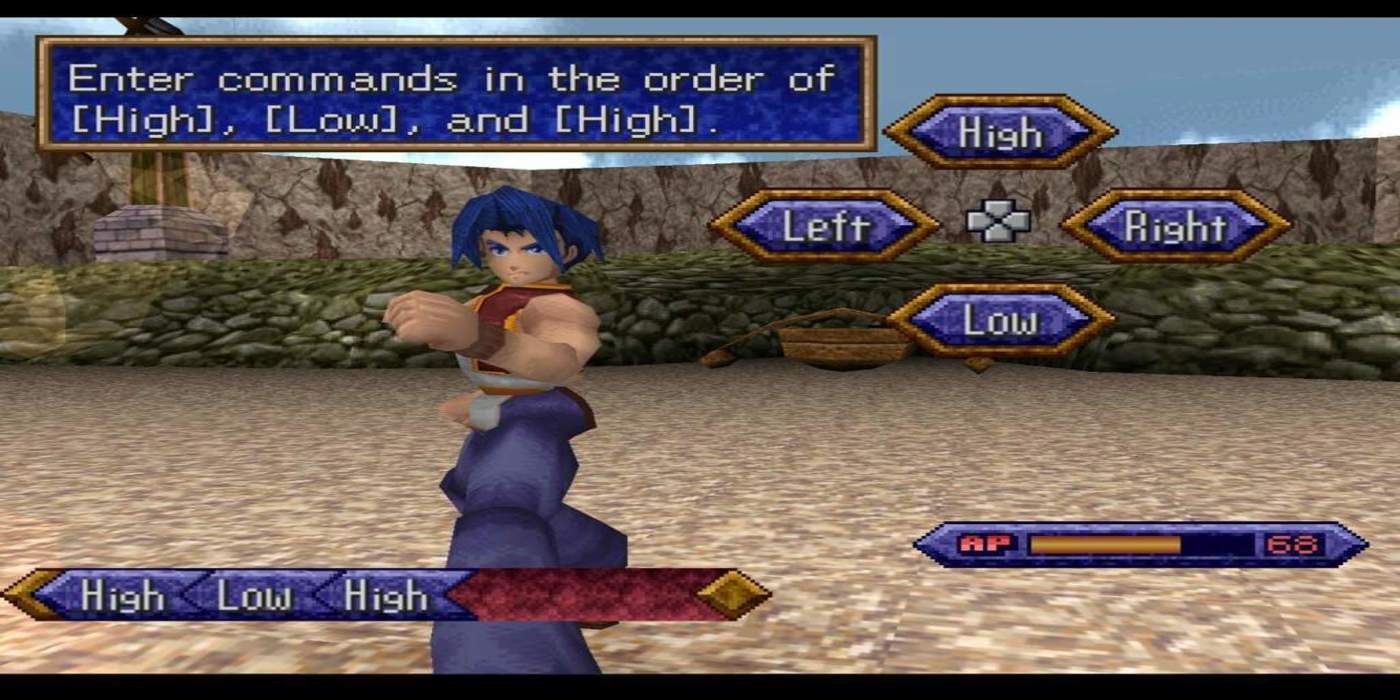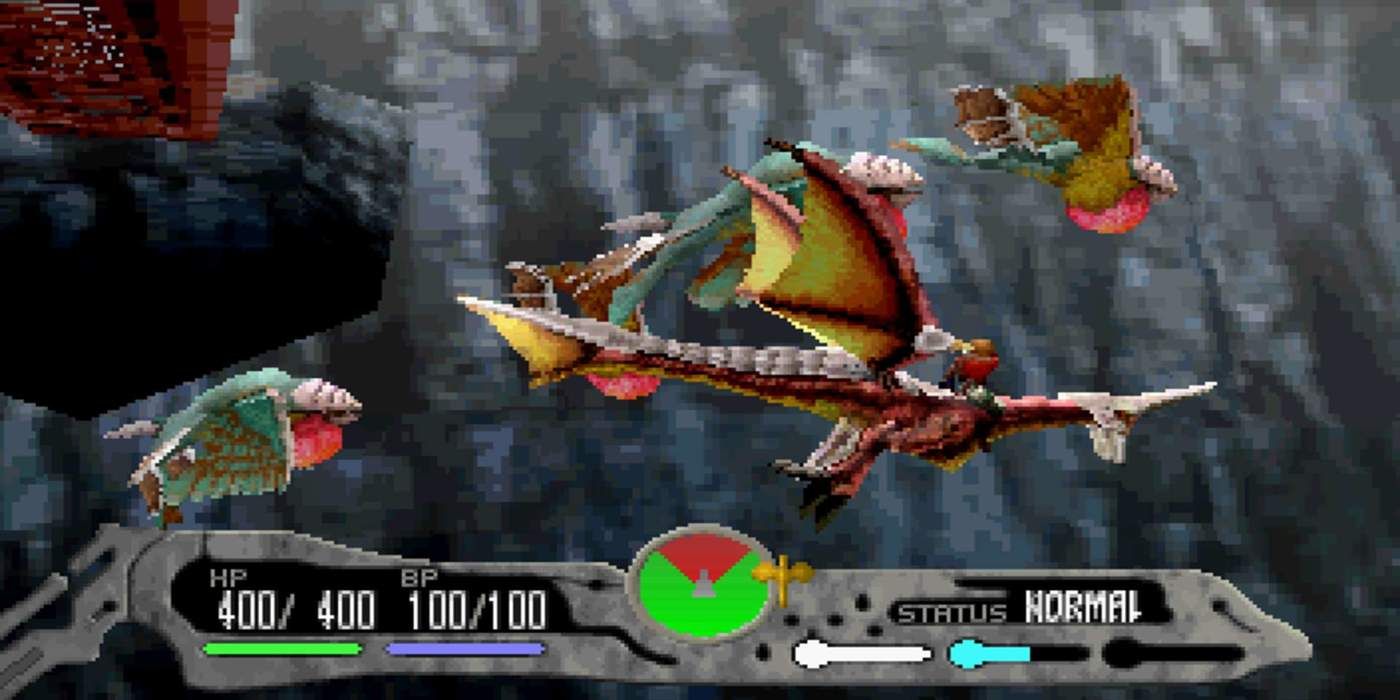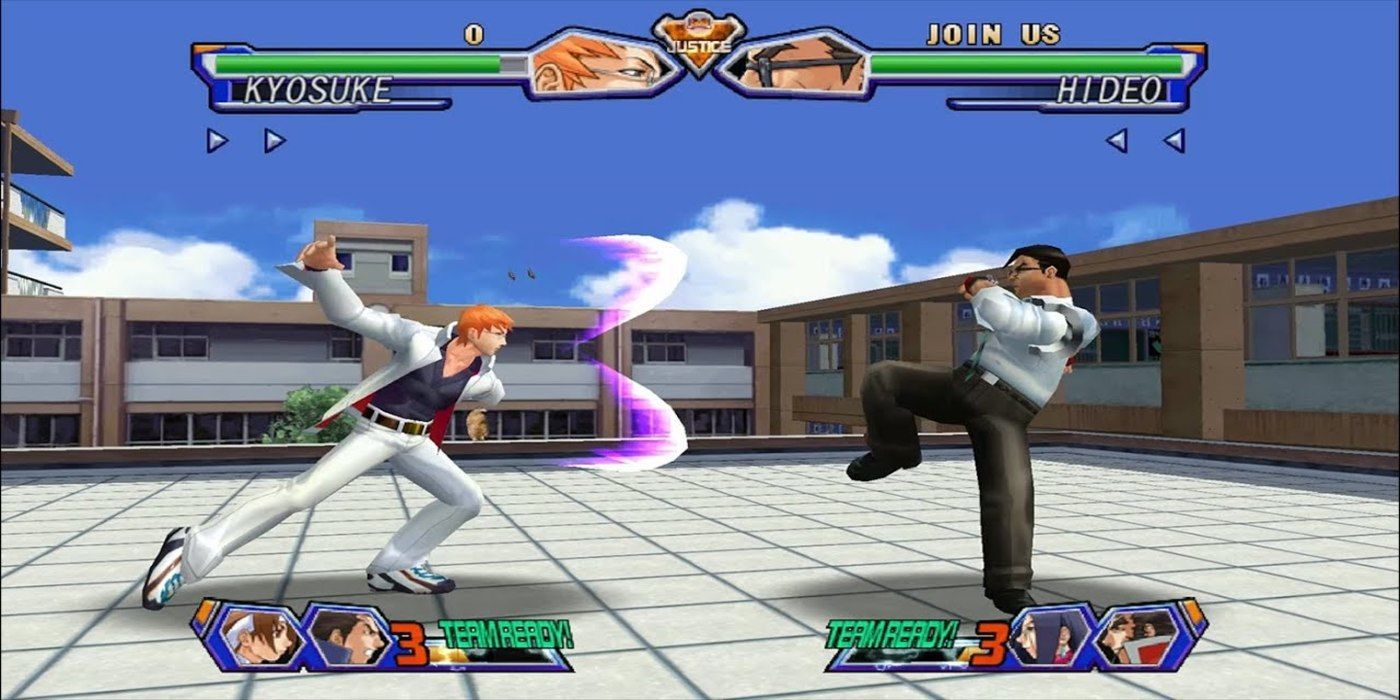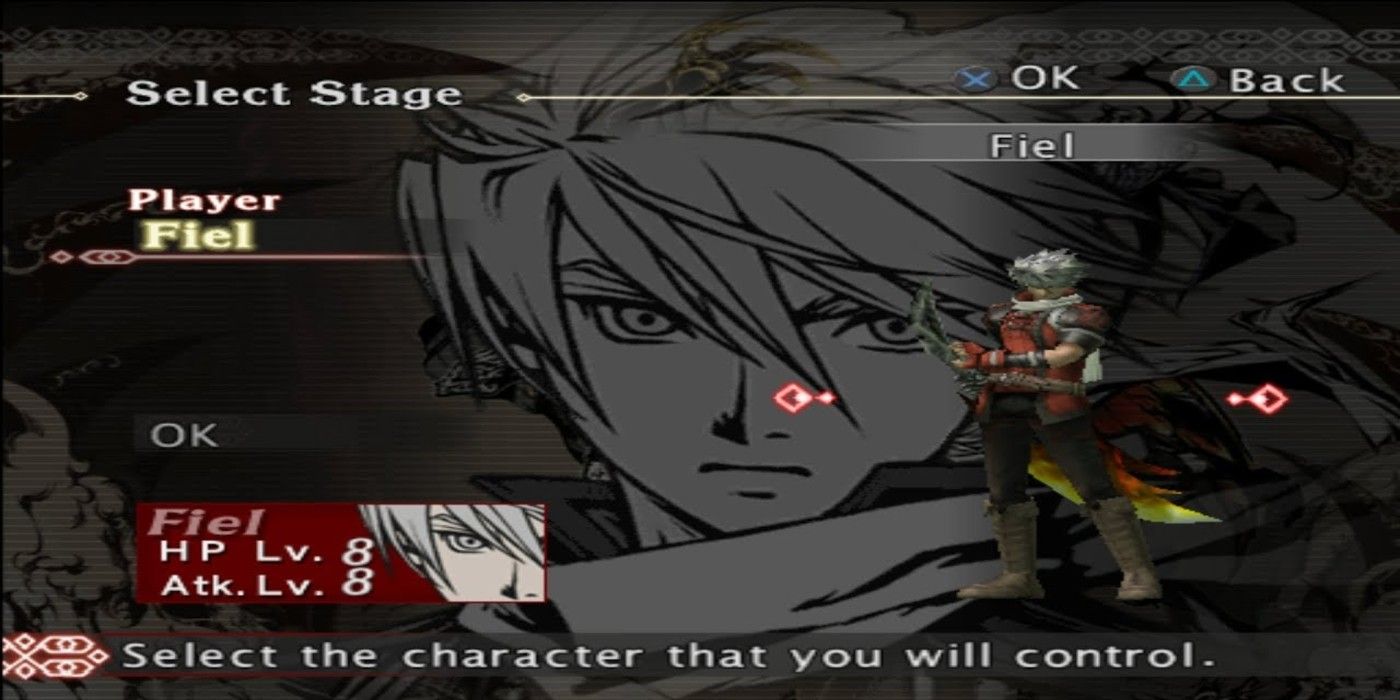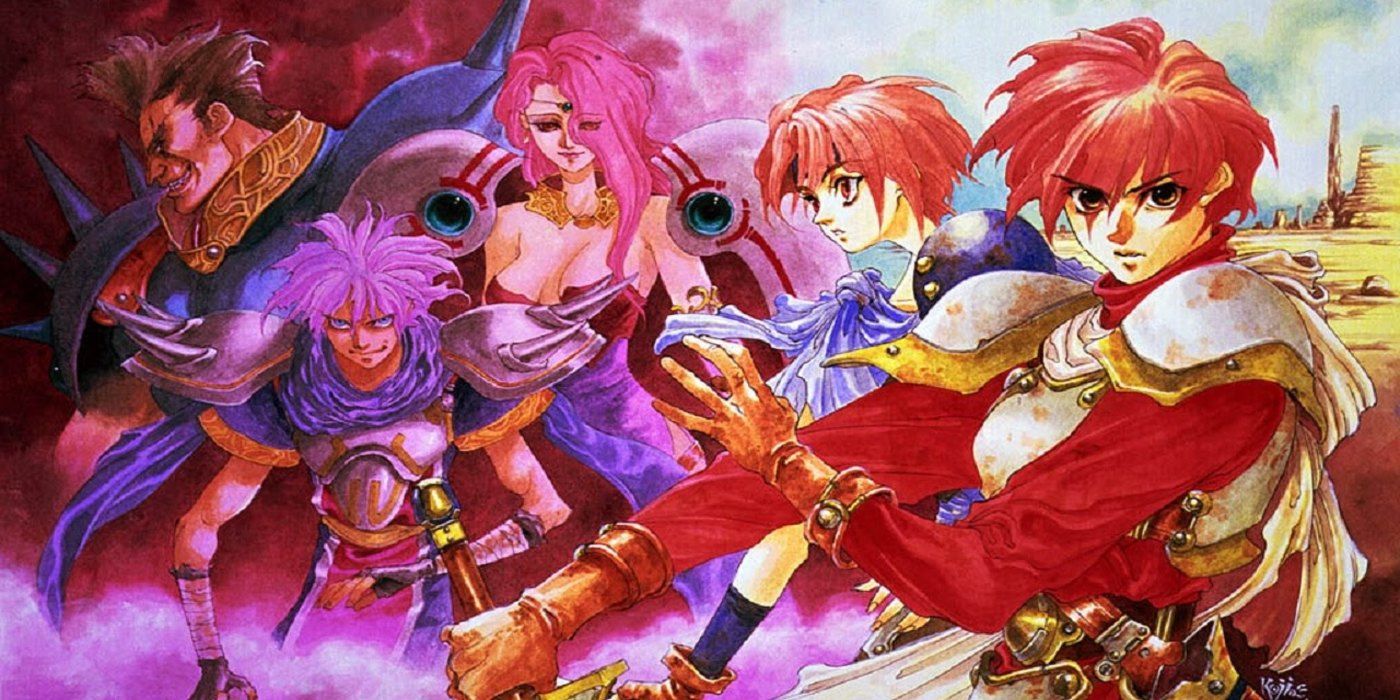Console exclusives are something of a controversial subject within the medium, in large part due to how they naturally exclude audiences from certain games. Just having the means to access a generation’s full list of exclusives can put someone out by upwards to $1000. There’s a financial element to gaming as a medium that will always gate-keep certain games so long as exclusives exist.
At the same time, video game exclusives do have a positive effect on the quality of games on a whole. Exclusive games drive an important amount of competition within the medium, but there is another downside. As important as exclusives are for gaming to grow, it’s always frustrating when great console games never get re-released.
10 3D Dot Game Heroes (PS3)
3D Dot Game Heroes is one of the most charming exclusives on the PlayStation 3, but it unfortunately never got much attention– which is especially baffling considering it’s the closest thing the PS3 has a proper Legend of Zelda game and 3D Dot Game Heroes itself is actually one of the most competent Zelda clones on the market.
Featuring character customization, a brutal difficulty curve, a great amount of weapon variety, and fantastic music, it’s a crying shame 3D Dot Game Heroes remains locked on the PlayStation 3. Perhaps 3D Dot Game Heroes will be re-released with time, but it’s been 10 years & counting since its western release.
9 Baten Kaitos: Eternal Wings And The Lost Ocean (GameCube)
One of the very few RPGs on the Nintendo GameCube, Baten Kaitos: Eternal Wings and the Lost Ocean is one of the most unique entries in the genre. Gameplay is card based with an emphasis on deck building that turns boss fights into outright puzzles.
Baten Kaitos requires a deeper level of thought than the average RPG, and its art style is incredible, even today. The story itself is well told, but is elevated by a particularly compelling twist (don’t look it up.) Baten Kaitos Origins, its follow-up, is the better of the two, but both games share the same fate of being locked to the GameCube.
8 Drakengard (PS2)
Drakengard is chaos personified. Making use of a Dynasty Warriors-esque combat with flight sim mechanics courtesy of a Dragon the player rides, Drakengard’s gameplay is an acquired taste. Caim controls so rough, and combat has an awkward weight to it. But that in itself is part of Drakengard’s charm and lends to the game’s grotesque depiction of war.
The story is nothing short of a marvel, a twisted tale filled with some genuinely chilling storytelling. Drakengard’s final ending also serves as the basis for Nier and Nier: Automata’s worlds. While the gameplay can be a hard sell, Drakengard is very much worth trudging through and an important entry in Yoko Taro’s gameography.
7 Fire Emblem: Path Of Radiance (GameCube)
The best entry in the series to release in the west, Fire Emblem: Path of Radiance originally re-released for the GameCube in 2005 and was the series’ first home console release since Fire Emblem jumped over the Game Boy Advance after Thracia 776. Although a bit on the easy side, Path of Radiance features memorable map design, great unit variety, and one of series’ best written stories.
Path of Radiance also features some charming post-game content through the form of Trial Maps and unlockable characters for said maps. Path of Radiance has a direct sequel on the Wii, Radiant Dawn, which actually checks for save data from the former, but the both games remain locked to their respective home consoles.
6 Illusion Of Gaia (SNES)
Quintet was one of the strongest developers on the Super Nintendo, but they unfortunately didn’t persist past the 5th generation of gaming. Quintet had a number of strong RPGs on the SNES, but arguably their most prolific was Illusion of Gaia (otherwise known as Illusion of Time in PAL regions.)
Illusion of Time proved to be a strong take on the 2D Zelda formula with inspired puzzle design, some incredible set pieces based on real world locations, and some fairly compelling combat mechanics. Illusion of Gaia unfortunately suffers from a translation that undersells its incredible story, so if the game is ever re-released, ideally it’ll come with some textual touch-ups.
5 Legend Of Legaia (PS1)
Legend of Legaia is one of the most charming RPGs on the original PlayStation, and is very much worth revisiting (ignore the PS2 sequel, Legaia II: Duel Saga, like the plague.) Making use of the Tactical Arts System, turn-based combat involves fighting game-esque inputs for special command.
This naturally keeps combat very engaging and always rewarding, but it’s ultimately the storytelling which sells Legend of Legaia. The world is so rich, so full of depth, that it’s genuinely hard to wonder how Legend of Legaia flew so under the radar when it originally released. It really is one of the PS1’s better RPGs.
4 Panzer Dragoon Saga (Saturn)
Panzer Dragoon Saga is considered one of the greatest video games of all time, an RPG take on the Panzer Dragoon series. Featuring excellent gameplay, one of the franchise’s best told stories, and an outstanding soundtrack, Panzer Dragoon Saga is one of the must-play RPGs. But most people never will because it’s so expensive.
Panzer Dragoon Saga released in very limited quantities for the Sega Saturn and has quickly become one of the most expensive secondhand games on the retro market. It’s a very good game that’s had its price inflated due to a distinct lack of re-releasing the game.
3 Project Justice (Dreamcast)
Rival Schools and Project Justice are two of the coolest fighting games in Capcom’s roster, but they’re locked to the PlayStation 1 and Dreamcast respectively. Where Rival Schools was a 2v2 fighter with an incredibly charming cast, premise, and soundtrack, Project Justice upped the ante in every respect, delivering a far more comprehensive fighting game.
Team battles were now 3 on 3, the cast was better defined with stronger controls at the center of the combat, and the power of the Dreamcast allowed Project Justice’s presentation to tower over its predecessor. The Japanese releases even featured character creator modes, but both Rival Schools & Project Justice are worth playing without them.
2 The Sword Of Etheria (PS2)
The Sword of Etheria only released in Japan and in PAL regions, so it goes without saying that it isn’t particularly well known. Frankly, it would even be a stretch to say the game has a cult following, but it’s nonetheless one of the better titles on the PS2. Combat is a mix of Devil May Cry with some action RPG sensibilities.
The end result is a fast game with a decent difficulty curve and plenty to experiment with combat-wise. The soundtrack is excellent, the visuals (while muddy) have a great sense of style, and the story is plenty engaging, calling upon the works of L. Frank Baum for inspiration.
1 Ys IV: The Dawn Of Ys (PC-Engine)
Ys IV: The Dawn of Ys was one of two sequels to Ys III. Alongside The Dawn of Ys on PC-Engine, Mask of the Sun was an alternate Ys IV released on the Super Famicom. Beyond sharing the Ys IV moniker, both titles also share a lack of localization, with The Dawn of Ys notably locked to the PC-Engine.
It’s a particular shame Mask of the Sun is so accessible while The Dawn of Ys isn’t, as the latter is the far better game. Better bump combat, better dungeon design, better music, and a better plot all help The Dawn of Ys succeed where Mask of the Sun fails.

